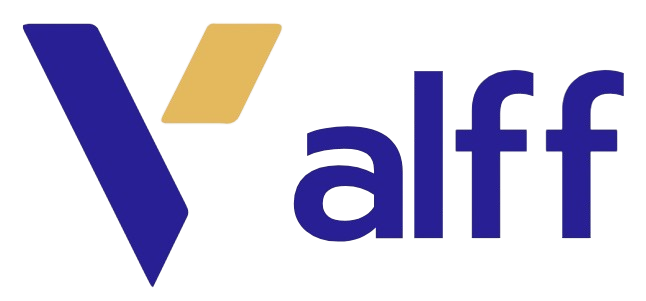Market Penetration Mechanisms of AI-Powered Audit Report Translation
The global regulatory landscape is driving transformative adoption of intelligent audit documentation translation systems. Deep learning architectures are reshaping cross-border risk management paradigms, establishing new collaborative frameworks between artificial intelligence and human expertise. This technological shift manifests most prominently in Big Four accounting firms where AI translation layers have become integral to international auditing workflows.
“Intelligent audit translation augments professional judgment rather than replacing it”
— IIA Technical Whitepaper
Triple Adoption Drivers
Regulatory technology advancements compel audit firms to seek efficient cross-jurisdictional solutions. AI translation systems dynamically align compliance requirements across regions like GDPR and SOX frameworks through adaptive terminology mapping mechanisms. This technological integration significantly elevates the efficiency benchmarks for cross-border auditing while transforming traditional manual verification processes through intelligent validation systems.
Sector-Specific Adoption Patterns
Financial institutions lead implementation, embedding AI translation within regulatory reporting infrastructures. Manufacturing sectors adopt differentiated approaches focused on supply chain auditing terminology alignment. Emerging markets exhibit geographic adoption variances influenced by localized corpus maturity levels. Professional service providers develop hybrid solutions balancing machine translation efficiency with accountant’s substantive oversight.
“Semantic comprehension depth defines market boundaries for audit translation systems”
— Global Risk Management Summit
Ecosystem Evolution Trends
Collaborative innovation between technology providers and audit firms reshapes market dynamics through open-source audit terminology frameworks. Cross-border regulatory sandboxes provide compliance testing environments while blockchain integration enhances translation process traceability. Future penetration growth hinges on systems’ capacity to handle unstructured audit evidence and develop cross-platform data pipelines.
Service Model Transformation
Traditional translation vendors evolve into risk management consultants, leveraging AI systems to automate routine disclosures while professionals focus on material misstatement risks. This optimized division of labor demonstrates quality control advantages in complex scenarios like cross-border IPO audits through enhanced error detection capabilities.



